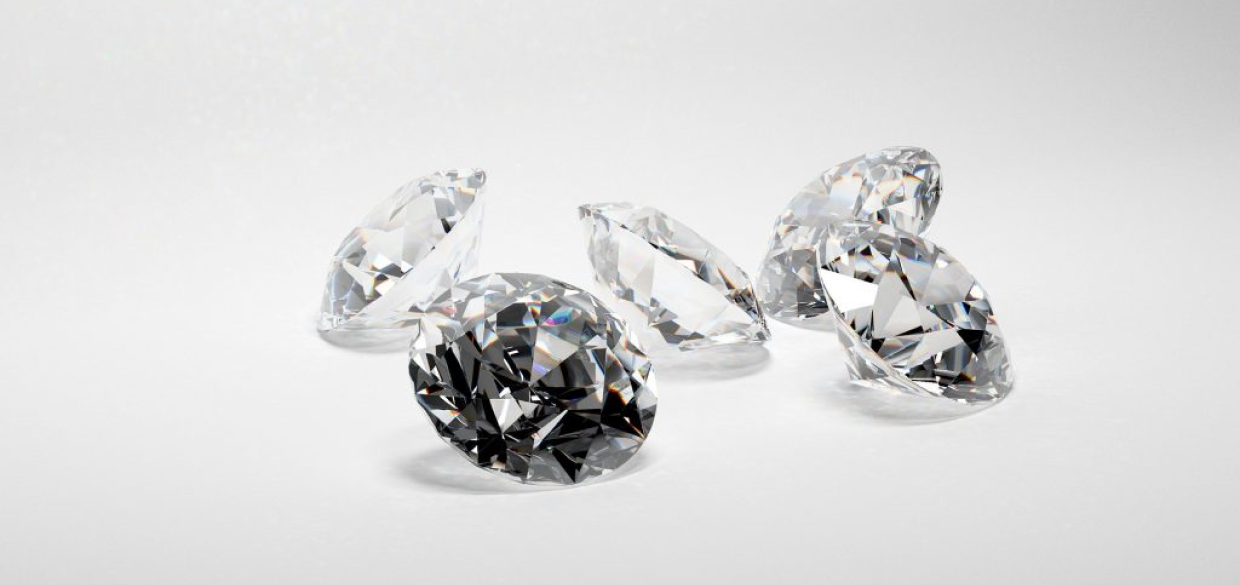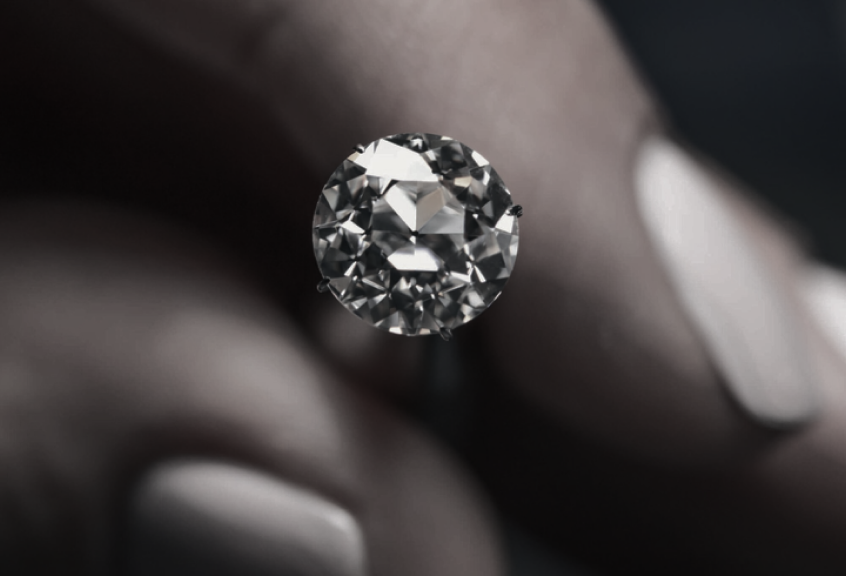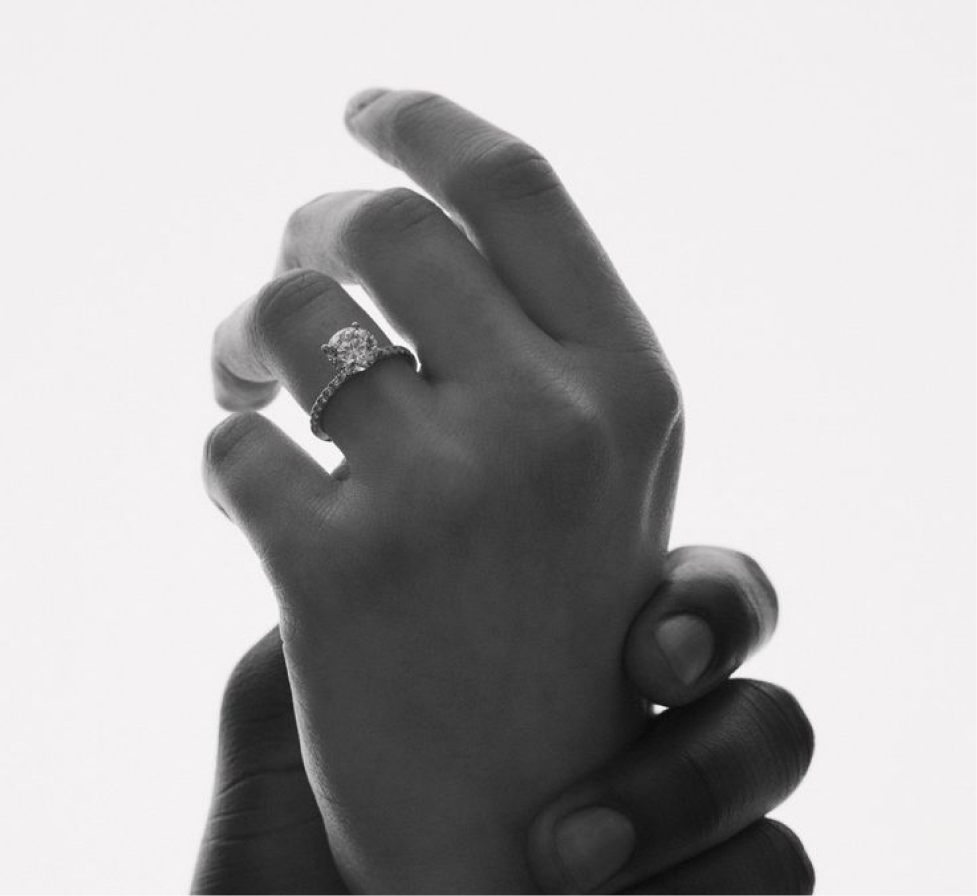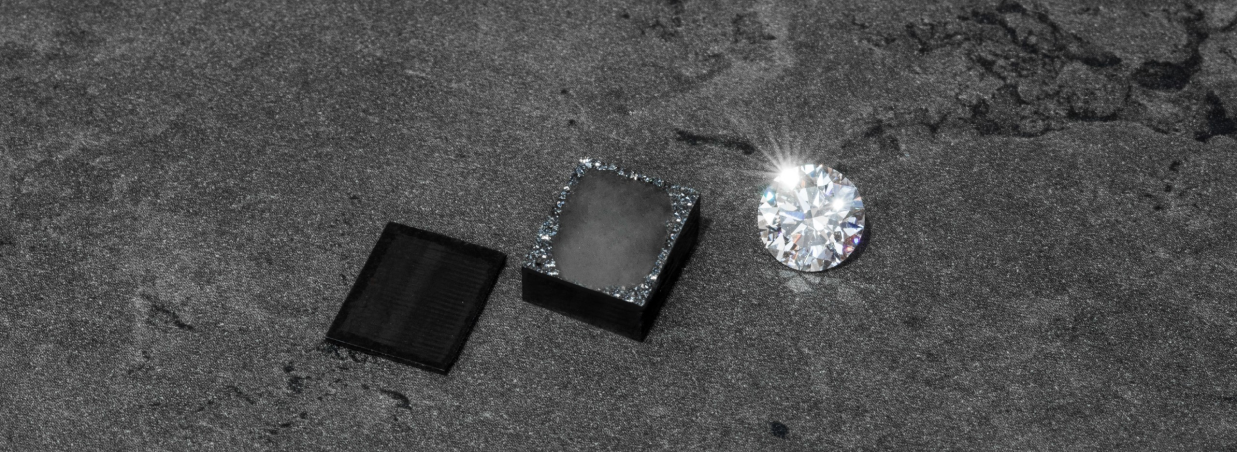
Diamond Education
At Greenglam, we’re dedicated to educating our community about the benefits of lab-grown diamonds and sustainable practices. We provide clear insights into CVD technology, highlight the environmental advantages of our jewelry, and support informed choices that promote a more ethical industry. Discover how our commitment to transparency and education helps you make choices that matter.

What is Diamond?
Diamonds are the purest form of carbon, comprising 99.95% to 99.98% carbon content, which contributes to their status as the strongest mineral on Earth. They are also among the oldest natural substances known to humanity. The term "diamond" derives from the ancient Greek word "adamas," meaning "invincible" and "indestructible," a reflection of their remarkable physical properties. However, while diamonds are incredibly durable, it’s important to note that they are not completely immune to damage.
Types of Diamonds
Natural Diamonds
Natural diamonds are formed deep within the Earth's mantle under extreme pressure and temperature conditions over billions of years. Composed of carbon atoms arranged in a crystal lattice structure, these gemstones are renowned for their exceptional hardness and brilliance. Each natural diamond is unique, with its own distinct set of characteristics such as color, clarity, cut, and carat weight.
Lab-Grown Diamonds
Lab-grown diamonds are created in controlled environments using advanced technology that replicates the natural conditions under which diamonds form. These diamonds possess the same physical and chemical properties as natural diamonds but are produced in a fraction of the time

How lab grown diamond is made?

The Process of Making Lab-Grown Diamonds
-
1. Preparation & Seed Selection
Thin slices of high-quality diamond seeds (usually HPHT-grown) are carefully selected.
The seeds are cleaned with acids to remove any impurities that could interfere with growth. -
2. Growth Chamber Setup
The diamond seeds are placed inside a vacuum chamber to eliminate contamination.
A carbon-rich gas mixture (usually methane and hydrogen) is introduced
The diamond seeds are placed inside a vacuum chamber to eliminate contamination. -
3. Plasma Generation & Carbon Deposition
High-energy microwaves or lasers break down the gas molecules, creating plasma filled with free carbon atoms.
These carbon atoms begin bonding to the diamond seed and crystallizing into a diamond layer by layer.
The process continues for several weeks, allowing the diamond to grow to the desired size. -
4. Post-Growth Treatments
The rough CVD diamond may have brownish color due to lattice defects.
It undergoes HPHT treatment or irradiation to enhance clarity and remove unwanted colors. -
5. Cutting, Polishing & Grading
The diamond is carefully cut and polished to maximize brilliance.
It is then sent to gemological labs (such as IGI or GIA) for grading, where it is certified based on cut, color, clarity, and carat weight.


















